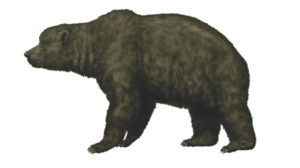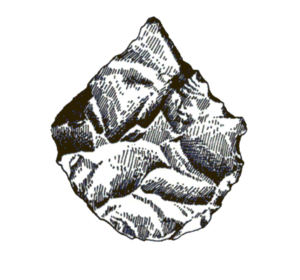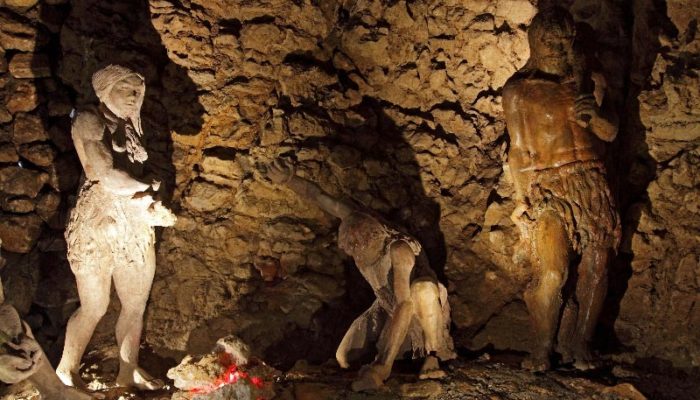RISOVAČA Cave
RISOVAČA Cave
Risovača used to attract a lot of researchers: speleologists were digging the deposits and cleaning the cave discovering its halls and chambers; paleontologists were analyzing hundreds of fossil remains of Ice Age animals and archaeologists were studying stone items and bones that remained after a human species had disappeared.
Travelling to the Past
The age of the cave has been determined by geologists, the experts who study the development of the Earth, its composition and structure. The evolution of the cave started in one period of the Earth history (geological history) called the Cretaceous / Chalk that lasted from 144 million years ago until 65 million years ago.
Geological time scale that geologists used to divide the Earth history makes travelling to the past easier. Each of the periods has something important to tell, either about the development of the planet itself or about the living world. The biggest spans of time in the Earth history are called eras. They are: the Paleozoic when the first vertebrates evolved – fish, amphibians, reptiles (from 542 million years ago until 251 million years ago), the Mesozoic or Dinosaur Era (from 251 million years ago until 65 million years ago) and the Cenozoic Era or the Age of Mammals when the humankind appeared (from 65 million years ago until the present day).
Extinct animal species
Today we can undoubtedly talk about the appearance of a mammoth because whole specimens of this giant herbivore were found “tinned” in the ice of Siberia. However, the researchers are not always that lucky. They often find only the parts of animals’ skeletons, single bones, skulls or teeth. If they find enough skeletal remains, the paleontologists can make a reconstruction – a shape of the skeleton of an extinct animal. The assumptions on its appearance are based on the appearance of other similar species, but also on other characteristics of the climate they used to live in.

Herds of Woolly Mammoth, probably the most impressive iceberg animal, were living around Risovača areas. The mammoth from the end of the Ice Age was as big as today’s elephant. Long, woolly hair together with a thick layer of subcutaneous fat protected its body from cold. Stocks of fat tissues were in a big hump on its back.
Risovača Caveman
Risovača Caveman was, like other Neanderthals, around 160-170 cm tall. He was robust and very strong. A dominant facial feature was a low sloped forehead and round eye sockets with prominent supraorbital arches. Jaws were massive and braincase was flat with a low occipital bone. The brain volume of a Neanderthal was around 1500 cm³ which corresponds to an average brain volume of a modern human.

An early man mostly made tools of flint, extremely hard and brittle mineral. A needed tool was made of a piece of flint by knapping. Risovača hunters made leaf-shaped or triangle-shaped flint spikes. Attached to the poles, the spikes were used as tops of spears during hunting.
Similarly, they made scrapers for hideworking. The tools made of bones were also found in Risovača – an outstanding sample of dagger and an awl for drilling and tying leather and fur parts of clothes.
At the end of the Ice Age the changes in the environment were very big and frequent leading to the extinction of the Neanderthals. Nevertheless, there were still people on the Planet. Another human species, Homo sapiens sapiens, used to live at the same time with the Neanderthals for the next tens of thousands of years. This species sustained all natural disasters and adapted to climate changes and new life conditions more successfully. A modern human emerged out of this kind.
Detailed and additional information on Risovača Cave can be found in the Guide of the National Museum in Arandjelovac. It can be bought at the ticket office in the Museum and Cave.



